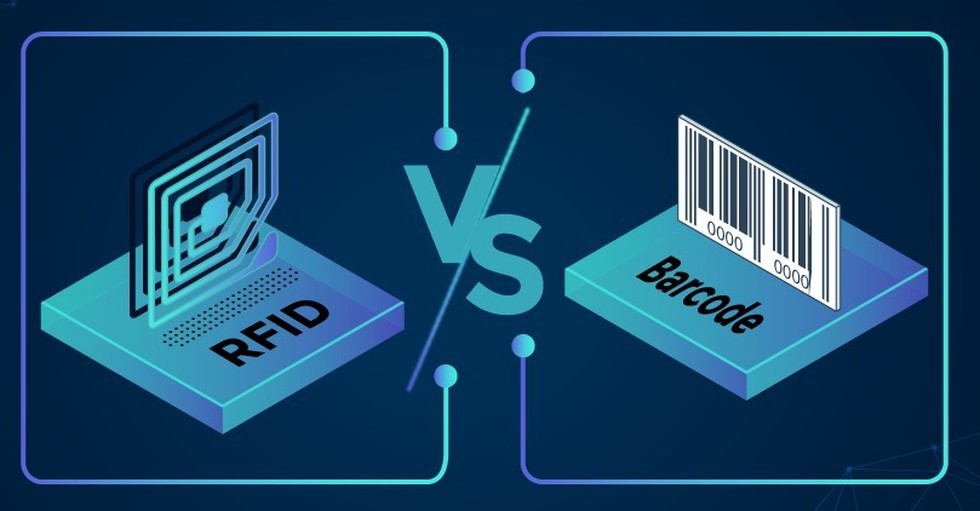What is Radio-frequency identification (RFID) technology?
- Radio-frequency identification (RFID) is a technology that uses radio waves to automatically identify various tagged objects. Radio Frequency Identification (RFID) is a wireless tracking method that uses tags and readers to track objects.
- Transponder, receiver, and transmitter are the three components of an RFID system.
- The RFID reader continually sends radio waves of a specific frequency in RFID system. If the object to which the RFID tag is attached is within the range of the radio waves, it provides feedback to the RFID reader, which then identifies the object based on the feedback.
Radio-frequency identification (RFID) technology Vs barcodes
- RFID uses radio waves to communicate data from RFID chips to readers that do not require line of sight in order to obtain the data, whereas barcodes use light to read the black-and-white pattern printed on the sticky tag. An RFID tag can communicate with a powered reader even when the tag is not powered.
- When printed on paper or sticky labels, barcodes are more susceptible to wear and breakage, which can affect their readability. RFID tags, on the other hand, are sometimes placed in plastic labels or into the object itself, making them more durable than barcodes.
- In contrast to barcode scanners, RFID scanners can process dozens of tags in a single second. Also, barcodes are simple and easy to copy or counterfeit, whereas RFID is more complicated and difficult to replicate or counterfeit.
- Unlike barcodes, which must in line of sight, RFID tags need not be.
- Also, RFID tags are expensive compared to barcodes.
